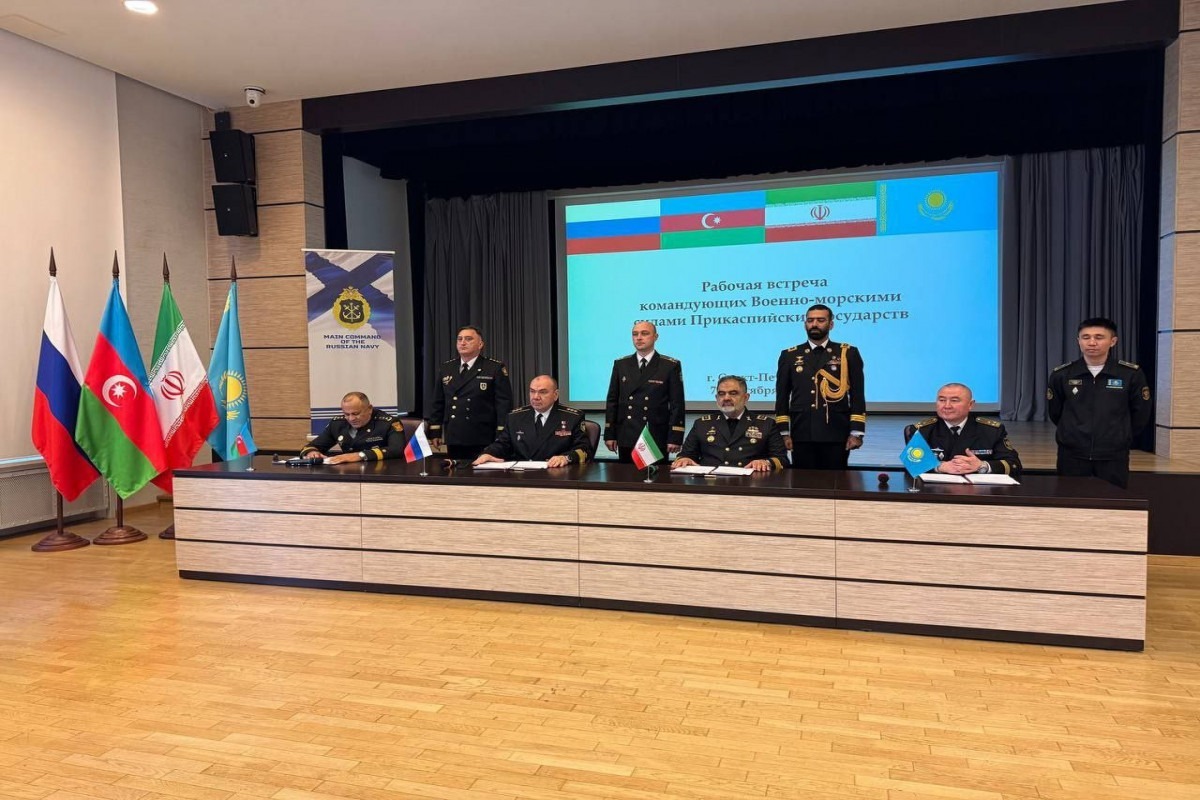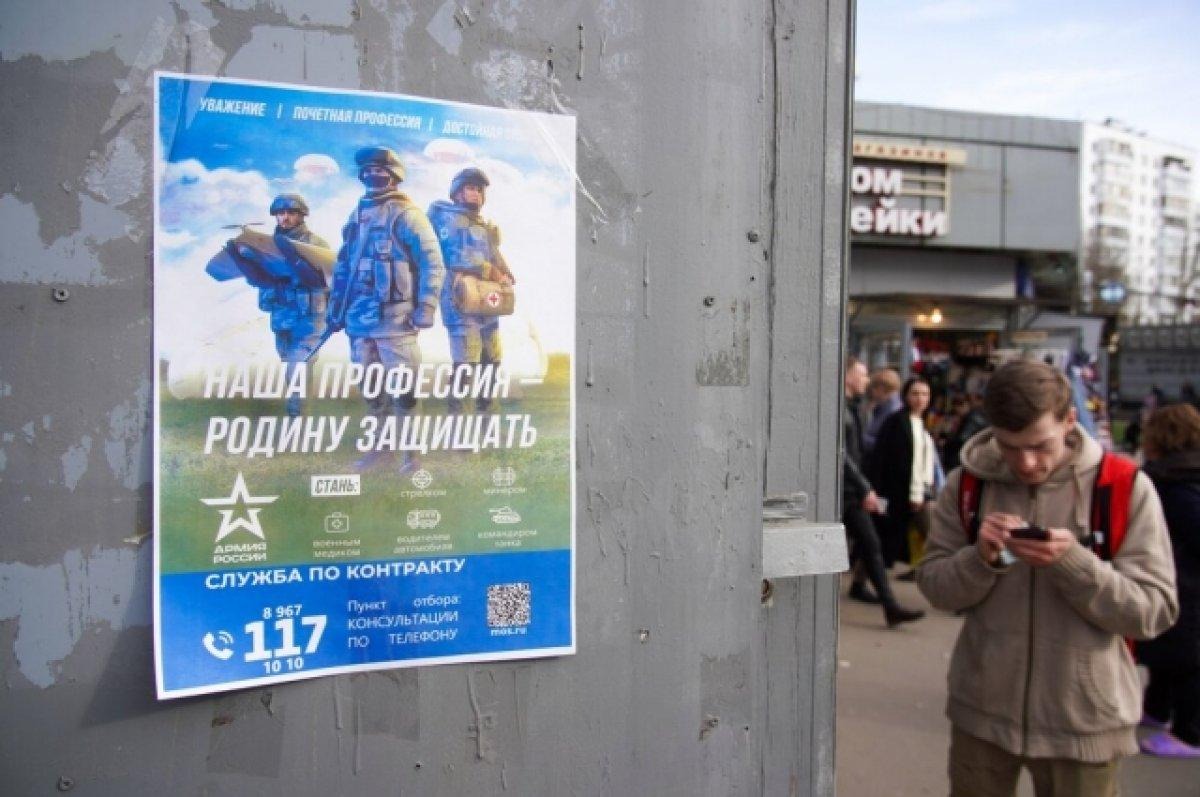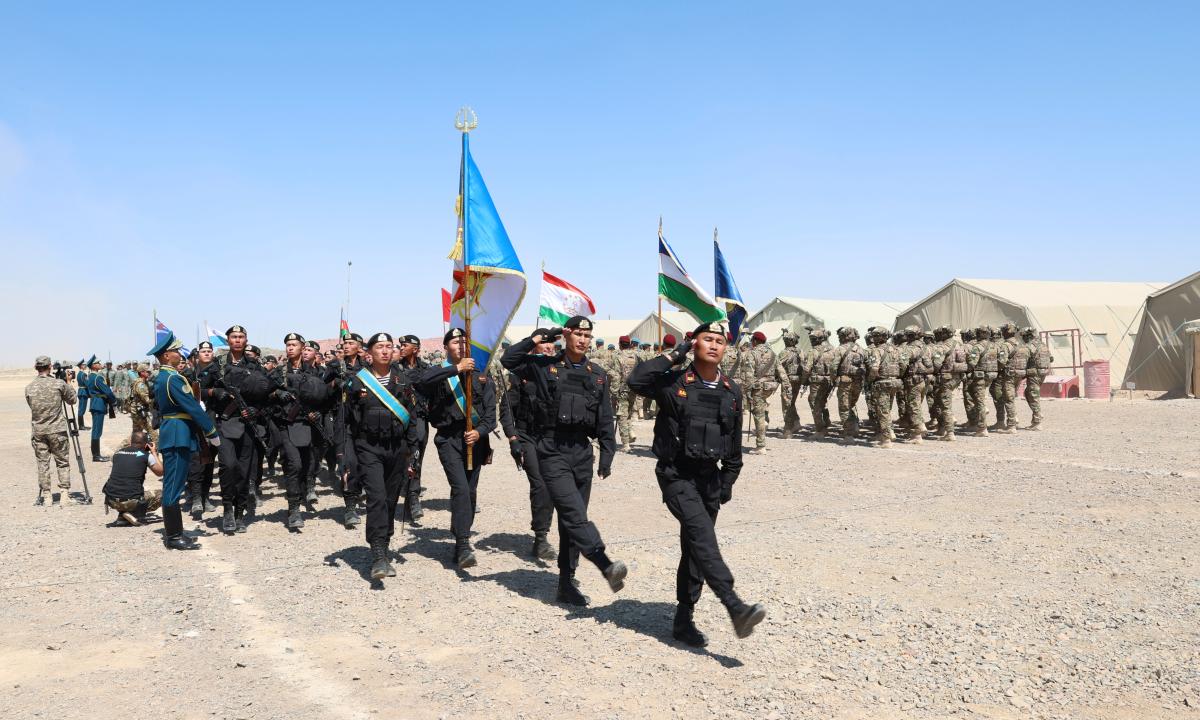
Russia Strengthens Western Military District
Russia Strengthens Western Military District
Russia’s defense leadership has signaled that among its priorities for 2016 will be the creation of “three divisions” in the Western Military District (MD): a move sure to ignite further speculation concerning Moscow’s intentions toward its neighbors. This initiative has already prompted suggestions that it is a response to North Atlantic Treaty Organization (NATO) exercises in the Alliance’s east. However, the latest in a series of “adjustments” to the Ground Forces since the Anatoly Serdyukov–era reforms (2008–2012) is driven by internal experimentation and ongoing efforts to modernize the equipment inventory (TASS, January 12).
On January 12, during his first teleconference call of the year with the top brass, Defense Minister Sergei Shoigu outlined some of the achievements of 2015 as well as the challenges ahead. In particular, he noted that during the previous year, the level of modern equipment and weaponry in the Armed Forces had increased to 47 percent, with the 2016 target set at 51 percent. Among the priority areas for the next 12 months, Shoigu gave prime position to modernizing the nuclear triad, continuing “snap inspections” of the Armed Forces, improving strategic mobility, working on air defense, and building up to this year’s main strategic-level military exercise—Kavkaz 2016. Shoigu then referred to “another important task,” which is the formation of the 20th Army in western Russia and its supporting infrastructure (Krasnaya Zvezda, January 12).
The idea that Shoigu had used the creation of three divisions in Western MD as a counter-move against NATO soon took hold in some Russian media coverage. Notably, an article by Aleksandr Goltz, the deputy editor of Yezhednevny Zhurnal, elevated Shoigu’s priority for the 20th Army as the “most important” issue facing the Armed Forces in 2016. Indeed, Goltz suggested the political meaning of the move was “quite obvious,” as a response to increased NATO activity—especially stationing forces in the Baltic States, Poland and Romania, albeit with no permanent basing. Goltz noted that Shoigu had highlighted the formation of new units in the Western MD in 2015, with around 30 such formations added to the table of organization and equipment (TOE), compared to only 15 in the Southern MD. He linked the reform to the move to create the 1st Tank Army: the movement of units and assets from the existing 20th Army had created the need to recreate it from scratch. However, Goltz questioned whether this reform would result in any substantial increase in personnel numbers. The Armed Forces, in his view, are expected to grow by 10,000 this year, which does not fit with forming the three divisions in Western MD (Yezhednevny Zhurnal, January 13).
The actual details of the 1st Tank Army and 20th Army reform reveal less controversial roots. The General Staff directive meant the 1st Tank Army and 20th Army in the Western MD had to be formed by December 1, 2015. Elements of the existing 20th Army were transferred to the 1st Tank Army during the reorganization, such as the Tamanskaya Mechanized Infantry Division and the Kantemirovskaya Tank Division. In addition to these divisions, the 27th Sevastopolskaya Mechanized Infantry Brigade and the 6th Tank Brigade were added to the 1st Tank Army. Major-General Alexander Chaiko was appointed commander of the 1st Tank Army (he was previously in charge of the 20th Army). The latter’s new commander is Major-General Sergei Kuzovlyov (former chief of staff of the 58th Combined Arms Army). In real terms, there is little difference in the “new” structures, each will have one reconnaissance and one air missile brigade, a logistics brigade, missile and artillery units, a helicopter regiment and other units (including reconnaissance and attack drone units). The 1st Tank Army will have more tanks, and the 20th Army will receive larger numbers of mechanized infantry combat vehicles. The key distinction is that these units will be the first to receive Armata tanks and new Kurganets infantry fighting vehicles (Centerforpoliticsanalysis.ru, January 15; MIGNews, January 13).
The underlying need to reorganize these formations, according to a commentary in Nezavisimoye Voyennoye Obozreniye, finds its roots in the tastes and conclusions of the new defense leadership. Defense Minister Sergei Shoigu and the chief of the General Staff, Army-General Valeriy Gerasimov, have used the motif of “snap inspections” in each MD to assess the results of many of the changes to the Armed Forces from the previous defense leadership, which has frequently resulted in further adjustments. It appears that the 1st Tank Army and 20th Army readjustments are linked to this theme. The Chief of the General Staff in 2007, Army-General Yury Baluyevskiy had advocated something similar, with an increase in the number of mobile units but maintaining infantry and armored divisions to respond to a “large-scale” invasion of Russian territory. The then–defense minister, Anatoly Serdyukov, rejected such proposals, and now, under the current defense tandem of Shoigu and Gerasimov, the idea is once again fashionable, probably backed up by “evidence” supplied by way of the snap inspections (Nezavisimoye Voyennoye Obozreniye, January 17).
Clear evidence indicates that the General Staff uses the snap inspections to justify further changes to the Armed Forces, and in many cases quietly “refine” the “New Look” reforms. The fundamental problem inherited from those reforms relates to military manpower, and how to use the brigades with a mixture of contract personnel and 12-month serving conscripts. One ongoing issue linked to military discipline in the Armed Forces is that of crime. According to the Federal State Statistics Service (Rosstat), over the past five years the level of crime in this area has dropped, especially in terms of prosecutions for desertion or absence without leave (AWOL). But the defense ministry is cautious about these figures and unsure to what extent it might signal improvement as these statistics also include personnel conscripted to serve in the other power ministries (Kommersant, January 14).
Indeed, the defense ministry remains open to populist experiments to boost the image of military service. One such project aims to strengthen cooperation between the Army and civil society. The project involves prominent politicians, a wide range of experts, public figures, and teaching staff in military schools. According to one sociological study, support among the population for the Armed Forces has now reached “82 percent” (Krasnaya Zvezda, January 17).
The latest reform in the Western MD is a limited or low-key effort to “respond” to increased NATO activity, but its roots lie in the ongoing shifts in Russian military organization and trying to make sense of the reformed structures from the period 2008–2012.


